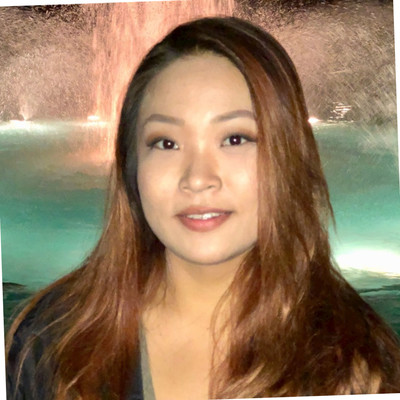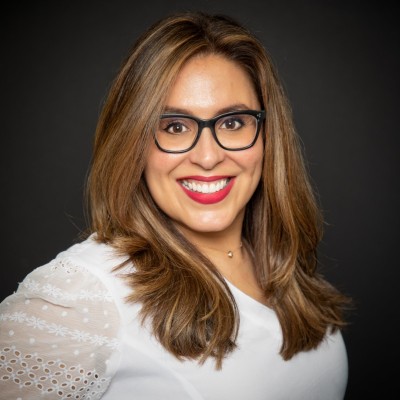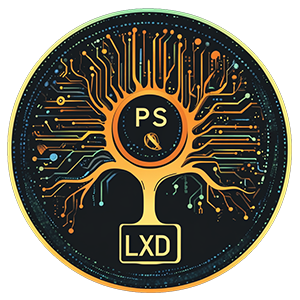Synthesizing Thirty Years of Leadership, Coaching, and Design Experience
Patricia is currently dedicated to merging AI with learning experience design inspired by sustainable practices for growth and resilience.
Her mission is to empower individuals and organizations to embrace innovation to build a brighter, regenerative future.
Testimonials

Craig Downing
VP of Revenue Marketing
I was thrilled to have the opportunity to work with Patricia at a recent TED event. She is one of the few people I’ve worked with who as the ability to simultaneously focus “on the details” while never losing site of the big picture.

Charity Shin
Product Designer – Dreamhost
I was so fortunate to have worked with a director who is also a coach and a mentor.
Patricia has been an important figure in my career for her astute knowledge of the industry, as well as for her creative, visionary ideas and uplifting personality.

Aimee L. Davis
Sr Program Manager – Higher Ed
Patricia is a passionate organizer, leader, and design expert. She gathered a group of extremely talented speakers, organizers, marketing professionals and administrative staff to produce an inspiring and successful event.
